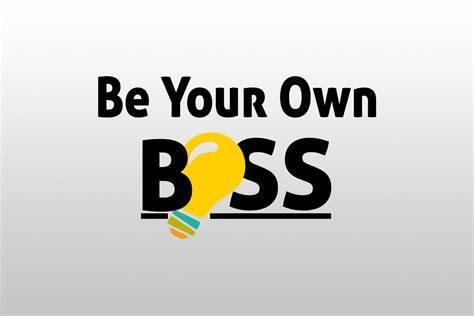Building wealth is cool.
That’s a mantra of Modern Blk Girl, a community aimed at teaching Black women the importance of investing and wealth creation that was founded by Tiffany James when she was just 25.null
Like most newly minted college graduates, James had student loan debt and was living just barely within her means when a coworker suggested she use one paycheck to buy stock in Tesla in 2019 when shares were $60 to $70 each.
″That was my first real taste of investing,” she said.
Since then, James, now 27, turned her initial investment of around $10,000 into more than $2 million by adding a mix of long-term growth companies, S&P SPDR exchange-traded funds and semiconductor chip stocks among other investments (she still owns some Tesla).
But James, the daughter of Jamaican and Haitian immigrants, continues to see herself as an outsider in a world of mostly white men with “fancy degrees.”
“For people of color, it was something that wasn’t talked about,” she said of investing. “It’s very intimidating, it has its own unique language and if you’re not privy to that language it can be very difficult to understand.”
In fact, the stock market was the main source of wealth creation in America during the pandemic — as well as the main driver of wealth inequality.
The wealthiest 10% of American households now own 89% of all U.S. stocks, a record high, according to data from the Federal Reserve.
Nearly 70% of their wealth gains over the past two years — one of the fastest wealth booms in recent history — came from stocks.
Millions of new investors came into the market for the first time during the pandemic (thanks, in part, to stock-trading apps like Robinhood), and yet 59% of Black women and 48% of Hispanic women don’t own individual stocks, mutual funds, bonds, exchange-traded funds, cryptocurrency or real estate, compared to 34% of white women and 23% of white men, according to a recent CNBC/Momentive Invest in You survey.
James and a group of other millennial women aim to change that with practical investing advice spoken in a way that’s engaging and accessible — what James likes to call “girlfriend talk but learning stocks.”
“You have people like myself to let you know ‘hey, this is what’s possible.’”
You have people like myself to let you know ‘hey, this is what’s possible.’
Her approach is catching on — quickly. Now with a community of more than 225,000 (mostly) women, James considers herself “a retail trader with a bird’s eye view” at a time she calls “a wealth renaissance.”
The advice doesn’t come for free — classes, including “1k to 100,000K in 1 yr” start at just under $100 and a monthly subscription is $130, although there is introductory content available at no cost.
But James is also happy to share what she knows with other women.
“If you educate a woman, you educate a village,” she said. “If a mom starts investing, she tells her kids.”
Here are her three key strategies for getting started:
1. Get ready
Although the war in Ukraine, inflation and rising fuel prices are rattling markets, the best days are not necessarily over, James said.
“Every time you go through traumatic events, there’s usually a rebound.”
However, it’s important to learn some “technicals” to identify key levels of support and resistance and focus on companies with sound fundamentals — then look for opportunities to buy.
Amazon’s upcoming 20-for-1 stock split, for instance, could be a chance to get some affordable shares of the retail giant.
2. Think broadly
Don’t just stick to the names you know. For example, if you love Apple, go deeper, James said.
There are other components that go into the building of some of your favorite products, such as smartphones. “Chips are great,” James said.
An ongoing supply crunch for semiconductors has hurt the consumer electronics industry but things could improve in the second half of the year.
3. Don’t be afraid
“There are scarier things we deal with every day as women,” James said.
To build wealth, “investing is a necessity not an option,” she said, and making money in the market will open doors to greater financial freedom and independence to do what you want.
“We can live the lives we want to live.”





